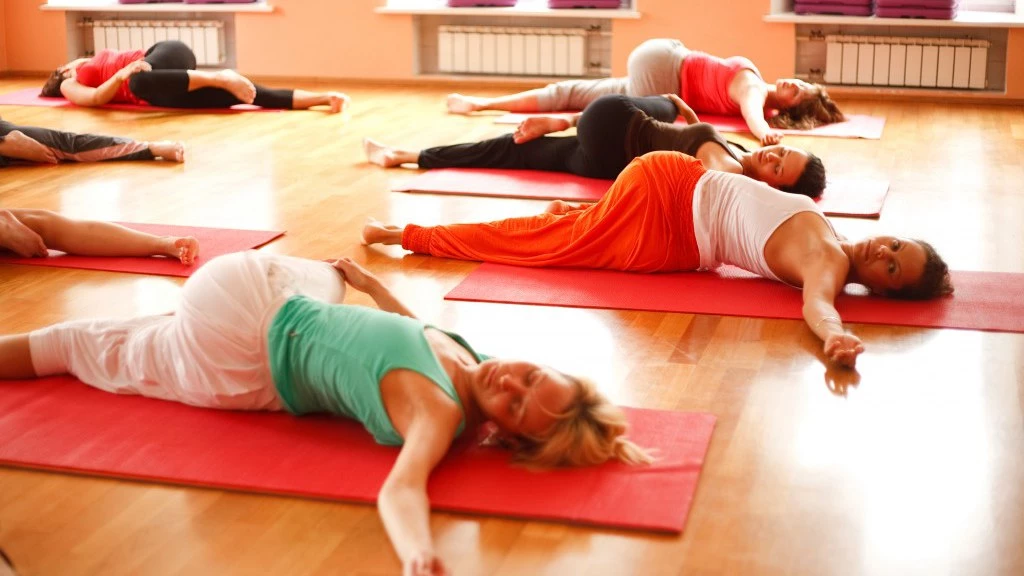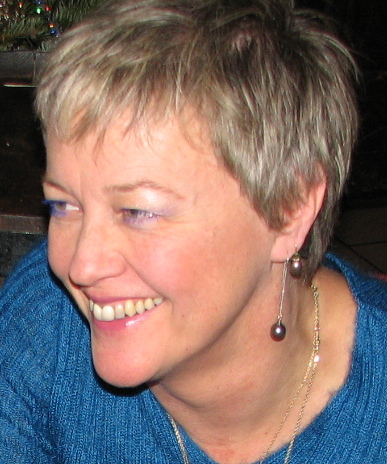The Skinny on Yoga: Large or Small, There Is a Yoga Practice for Every Body

If you’ve ever looked at the cover of a yoga magazine and felt like yoga was absolutely not for you, you’re not alone. You don’t have to have the body of a model or the flexibility of a gymnast to enjoy this ancient, mind-body practice, however. All that you need is to identify your goals, find a teacher and a tradition that are right for you, and begin from there.
Yoga is skillful action, as Krishna tells Arjuna in the ancient yoga text, the Bhagavad Gita, The key to yoga is to know when to persevere and when to pause – when to fight and when to surrender. Yoga is not about achieving a particular posture or wrapping your leg around the back of your neck, it is about finding your center and moving from a place of deep inner ‘groundedness’, even if that means barely moving at all.
Yoga Is More than Yoga Asanas – The Eight Limbs of Yoga
It is a common misconception that yoga is all about complicated postures that require a great deal of flexibility and strength. In fact, the postures are but a very small piece of the rich tradition of yoga.
Nearly 2,000 years ago, an ancient sage named Patanjali described a 8-fold path to yoga in the Yoga Sutras. This path outlines guidelines for a meaningful and purposeful life. The 8 limbs include:
-
ethical standards (yama)
-
self-discipline (niyama)
-
postures (yoga asana)
-
breath control (pranayama)
-
sensory withdrawal (pratyahara)
-
concentration (dharana)
-
meditation or contemplation (dhyana)
-
a state of ecstacy (samadhi)
So, while most people think of yoga as a series of physical postures, from a broader perspective, these are not actually necessary to participate in yoga practice.
Yoga for Every Body – Where to Begin 
If you’re looking to begin a yoga practice, the first step is to figure out which of these 8 limbs is meaningful to you. You may be seeking a way to gain strength and stamina, to reduce stress, to become more peaceful, to deal with chronic pain or have some other goal in mind.
Most people want to participate in some form of physical movement as part of their yoga practice, however people who are sedentary, who are carrying excess weight or are dealing with health issues or physical restrictions are often concerned that traditional yoga classes may not be right for them.
However, there are a number of yoga traditions that offer restorative, gentle yoga practices that are ideal for beginners or those with health concerns. Iyengar Yoga, and Viniyoga are among the most popular as postures can be modified for the needs of the individual. Props are frequently used to support students in their physical movements, and most poses can be done with very little weight bearing or strain on muscles, joints or connective tissues.
Some traditions of yoga routinely incorporate breathing exercises and meditation into their practices. Gentle Kundalini Yoga or Ananda Yoga classes may be ideal for those interested in exploring the mind-body-spirit relationship in their yoga practice. Classes in the iRest tradition focus on yoga nidra in which guided imagery, meditation and other techniques are used to achieve deep relaxation.
Finding the Right Yoga Teacher
Whichever tradition you choose, it is important to match your goals with those of the practice and the instructor. This can involve a bit of trial and error ,so it helps to do some homework up front. Ask to meet the teacher prior to class and ask specific questions regarding which types of exercises are performed, and whether the instructor uses props and modifications to make the practice accessible for everyone.
There are a number of health benefits to regular yoga practice, and some yoga teachers specialize in working with people seeking the therapeutic benefits of yoga for specific conditions. Studies show that regular yoga practice improves the health of those with high blood pressure, diabetes, asthma and COPD, cardiac issues, multiple sclerosis and other chronic illnesses. Yoga is also linked to reductions in stress as well as symptoms of anxiety and depression. (Always consult your doctor to make sure that yoga is right for you, and ask if there are any types of movement or breath work that should be avoided.) For a listing of yoga therapists in your area, check out our yoga therapist directory.
Best Yoga Postures for Larger Bodies
Yoga practices that involve supported postures can be of great benefit for people with larger bodies. Supported forward folds using a chair, the wall, or a bolster or pillow help to build strength and balance while cultivating a sense of relaxation. Supported downward facing dog helps build stamina while instilling a sense of calm. These poses should be held for brief periods initially, and for longer duration as strength increases.
Seated twists in a chair or standing twists with the support of a wall can be of great benefit. Twisting poses are excellent for releasing the muscles that support the spine, creating extension of the vertebrae, and opening the chest and shoulders.
Once strength and confidence are developed, students often enjoy challenging postures the require balance and stamina. The wall can provide an excellent source of support for those exploring more challenging balancing poses. Half moon pose against the wall is an excellent posture for increasing balance control and strength, and also opens the hip, chest and shoulders. Always seek the guidance of a skilled teacher to make certain that standing postures are performed safely.
Whether your goal involves beginning a physical exercise routine, building strength and stamina, reducing stress, or exploring meditation, one of the 8 limbs of yoga is bound to appeal to you. Whatever practice you choose, let skillful action be your guide.
 Christie Hall began studying yoga in 1995 to cope with crippling back pain. Her home practice started with the book, Yoga: The Iyengar Way. She started teaching in 1997 after studying with Iyengar teacher Karin O’Bannon and she has studied as student and as teacher exclusively with Iyengar teachers, including BKS Iyengar in Colorado in 2005 and Geeta Iyengar in 2007. More of her writings can be found on her blog: www.pratipaksha.com. Her web site is www.christieyoga.com.
Christie Hall began studying yoga in 1995 to cope with crippling back pain. Her home practice started with the book, Yoga: The Iyengar Way. She started teaching in 1997 after studying with Iyengar teacher Karin O’Bannon and she has studied as student and as teacher exclusively with Iyengar teachers, including BKS Iyengar in Colorado in 2005 and Geeta Iyengar in 2007. More of her writings can be found on her blog: www.pratipaksha.com. Her web site is www.christieyoga.com.



